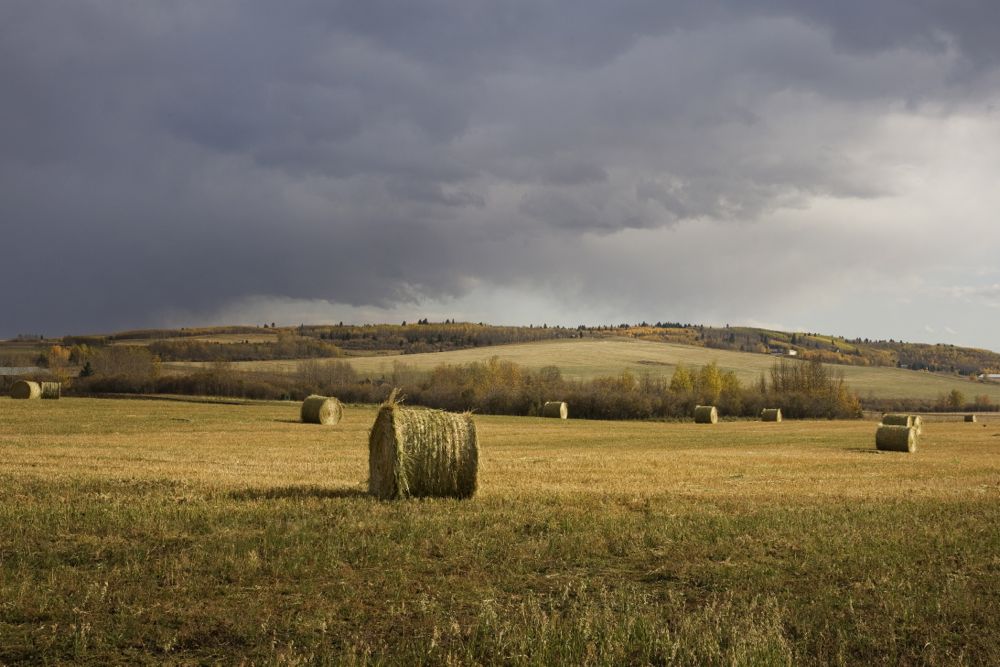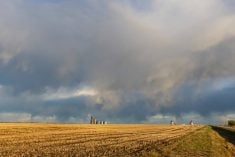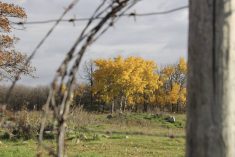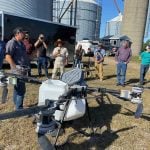MarketsFarm — While rain across the Prairies has eased concerns of an all-out drought, worries of a hay shortage going into winter haven’t ceased.
Darren Chapman, a Virden, Man. producer and chair of the Manitoba Forage and Grassland Association (MFGA), explained that regrowth following the first cut of hay has been strong.
First-cut hay crops were stunted by an unseasonably chilly, dry spring and yields were around half to two-thirds of what’s typically expected.
Read Also

U.S. livestock: Cattle fall sharply as Trump says he’s working to lower beef costs
Chicago cattle futures fell sharply on Friday after U.S. President Donald Trump said his administration was working to lower the…
“We were late on the first cut because there wasn’t much there,” Chapman said.
Second-cut yields are expected to be higher, around 75 per cent of average. Farmers who got the first cut off the fields earlier in the season may start their second cut as early as the first week in August.
“Now that the rain has started, I guess we’re not too bad,” he said.
“There’s going to be a lot of moisture for the regrowth, that’s what we’re gaining now.”
The timing of rain is almost as important as the amount; hay’s quality diminishes if it’s rained on after it’s cut but before it’s baled.
“It is nitpicky, but it would be nice if we had one or two days longer between the rains to get some hay put up,” Chapman said.
“Some producers are having a difficult time getting their first cut off in good condition,” MFGA extension specialist John McGregor said.
General sentiment among producers is more positive these days, however. Prices are currently between $220 and $250 per tonne for dairy-quality alfalfa and between $170 and $200 for mixed hay, with some variation in prices as “producers don’t know just how much hay they’ve got,” he said.
“They don’t know how much hay they’re going to have as a surplus that they’ll be able to sell.”
MFGA performs a price survey for producers in late August.
Concerns of a hay shortage still linger, due to lower-than-average carryout stocks from 2018 that were completely used up over the winter.
“No matter how good this crop will be, we will likely be short of hay,” McGregor said.
“We’re never getting back to 100 per cent of our normal hay supply.”
According to the most recent crop report from Manitoba Agriculture, hay and forage yields are weakest in the Interlake region. First-cut yields were reported as 30 to 60 per cent of average.
Hay fields are rated as 30 per cent fair and 60 per cent poor to very poor.
Some producers who also have cattle and horses have explored alternative feeding options in response to lowered crop yields and subsequently higher-than-average prices.
“Producers have planted green feed, some are looking into silage, and some are lining up straw,” said McGregor.
“They’re just looking for alternative forage to get their herds through the winter.”
— Marlo Glass writes for MarketsFarm, a Glacier FarmMedia division specializing in grain and commodity market analysis and reporting.
















